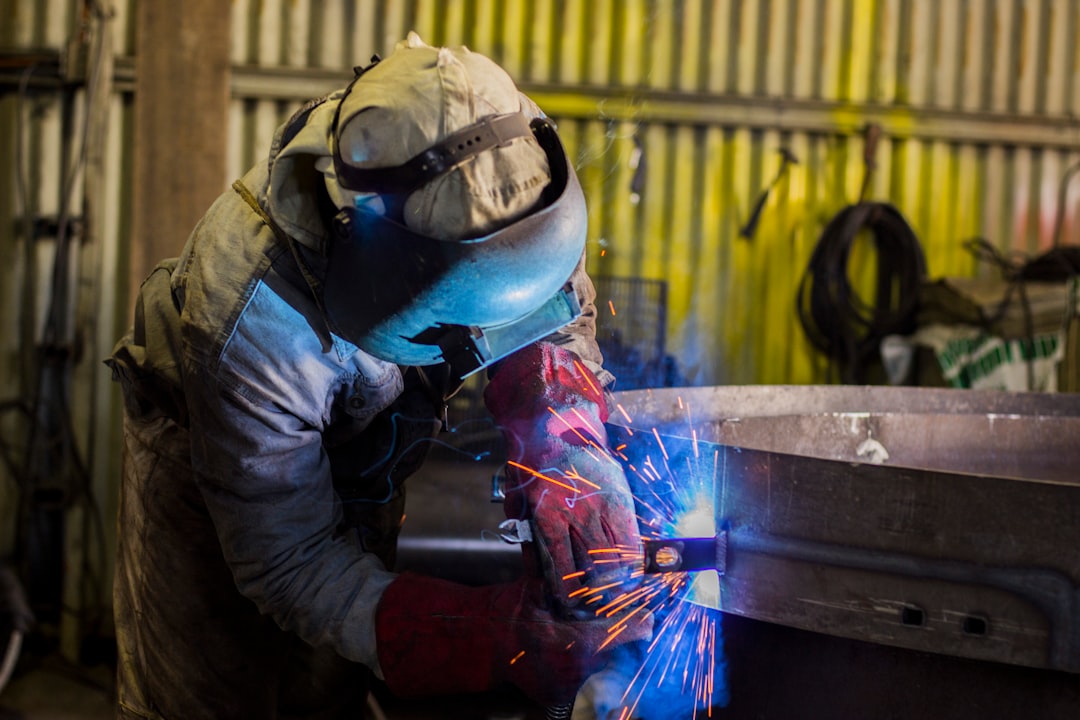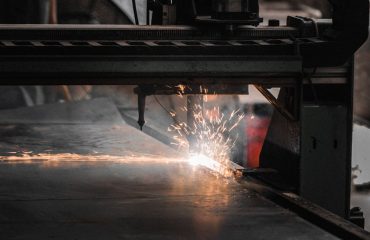The steel industry, a cornerstone of global infrastructure and manufacturing, is undergoing a dramatic transformation fueled by relentless research and development (R&D). This isn’t just about incremental improvements; we’re witnessing a revolution in steel product innovation, driven by the need for stronger, lighter, more sustainable, and more versatile materials. This post delves into the exciting world of R&D in steel, exploring the key areas driving this transformation.
1. The Quest for Advanced Steel Alloys: Strength and Lightweighting
One of the most significant areas of R&D in steel focuses on developing advanced alloys with superior properties. The demand for lighter yet stronger materials is driving the exploration of new compositions and microstructures. Researchers are experimenting with various alloying elements, including advanced high-strength steels (AHSS), ultra-high-strength steels (UHSS), and transformation-induced plasticity (TRIP) steels. These alloys offer significantly improved tensile strength, yield strength, and ductility compared to traditional steels, making them ideal for applications in automotive, aerospace, and construction industries. For instance, TRIP steels exhibit excellent formability and crashworthiness, making them crucial in the design of safer vehicles. The development of these alloys often involves sophisticated computational modeling and simulations to predict material behavior and optimize performance.
2. Revolutionizing Steel Manufacturing Processes: Efficiency and Sustainability
Alongside advancements in alloy development, significant strides are being made in optimizing steel manufacturing processes. The focus is on enhancing efficiency, reducing energy consumption, and minimizing environmental impact. This includes exploring innovative techniques like:
- Direct reduced iron (DRI) production: DRI offers a more sustainable alternative to traditional blast furnaces, reducing CO2 emissions significantly.
- Electric arc furnaces (EAFs): EAFs are becoming increasingly prevalent, utilizing scrap metal as a primary raw material, further contributing to sustainability and reducing reliance on virgin iron ore.
- Additive manufacturing (3D printing): 3D printing with steel opens up possibilities for creating complex geometries and customized parts with minimal material waste.
- Advanced casting and rolling technologies: These technologies aim to improve the quality and consistency of steel products while minimizing energy consumption and defects.
These improvements not only enhance the environmental profile of steel production but also contribute to improved product quality and reduced costs.
3. Expanding Steel Applications: Beyond Traditional Industries
The innovative properties of new steel alloys and improved manufacturing processes are expanding the potential applications of steel beyond traditional industries. We’re seeing steel increasingly utilized in:
- Renewable energy: Steel plays a crucial role in wind turbine towers, solar panel structures, and other renewable energy infrastructure.
- Biomedical engineering: Advanced steel alloys are being explored for use in implants and medical devices due to their biocompatibility and strength.
- Electronics and microelectronics: Specific steel alloys are finding applications in miniaturized components and packaging in the electronics industry.
- Advanced construction techniques: High-strength steels are enabling the construction of taller, lighter, and more resilient buildings and bridges.
This diversification showcases the versatility of steel and its potential to address future technological challenges.
4. The Role of Data Analytics and Artificial Intelligence in Steel R&D
The integration of data analytics and artificial intelligence (AI) is revolutionizing the approach to steel R&D. Vast amounts of data are generated throughout the steelmaking process, from raw material analysis to product performance testing. AI algorithms can analyze this data to identify patterns, optimize processes, predict material behavior, and accelerate the development of new alloys and manufacturing techniques. Machine learning models can predict material properties with greater accuracy, reducing the need for extensive experimental testing and accelerating the development cycle. This data-driven approach is crucial for maximizing efficiency and innovation in steel R&D.
5. Sustainability and the Future of Steel Innovation
Sustainability is no longer a peripheral concern; it’s a central driver of R&D in the steel industry. Reducing the carbon footprint of steel production is a critical priority, and researchers are actively exploring various strategies. This includes developing carbon capture and utilization technologies, improving energy efficiency, and utilizing recycled steel as a primary raw material. The development of new steel alloys with improved recyclability and reduced environmental impact is also a significant focus. The future of steel hinges on its ability to demonstrate its sustainability credentials, ensuring its continued relevance in a world increasingly focused on environmental responsibility.
In conclusion, R&D is driving a profound transformation in the steel industry, yielding stronger, lighter, more sustainable, and more versatile materials. These advancements are expanding the applications of steel into new and exciting areas, ensuring its continued importance in shaping the future of global infrastructure and technology.
SEO Tags: steel innovation, R&D steel, advanced steel alloys, sustainable steel production, steel manufacturing processes




